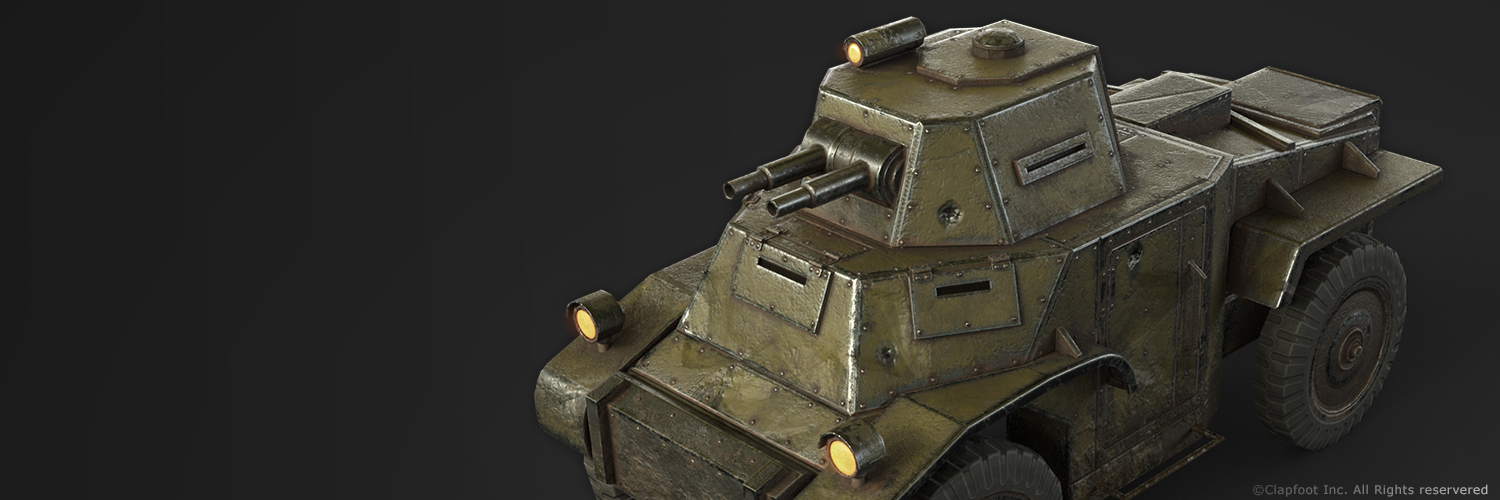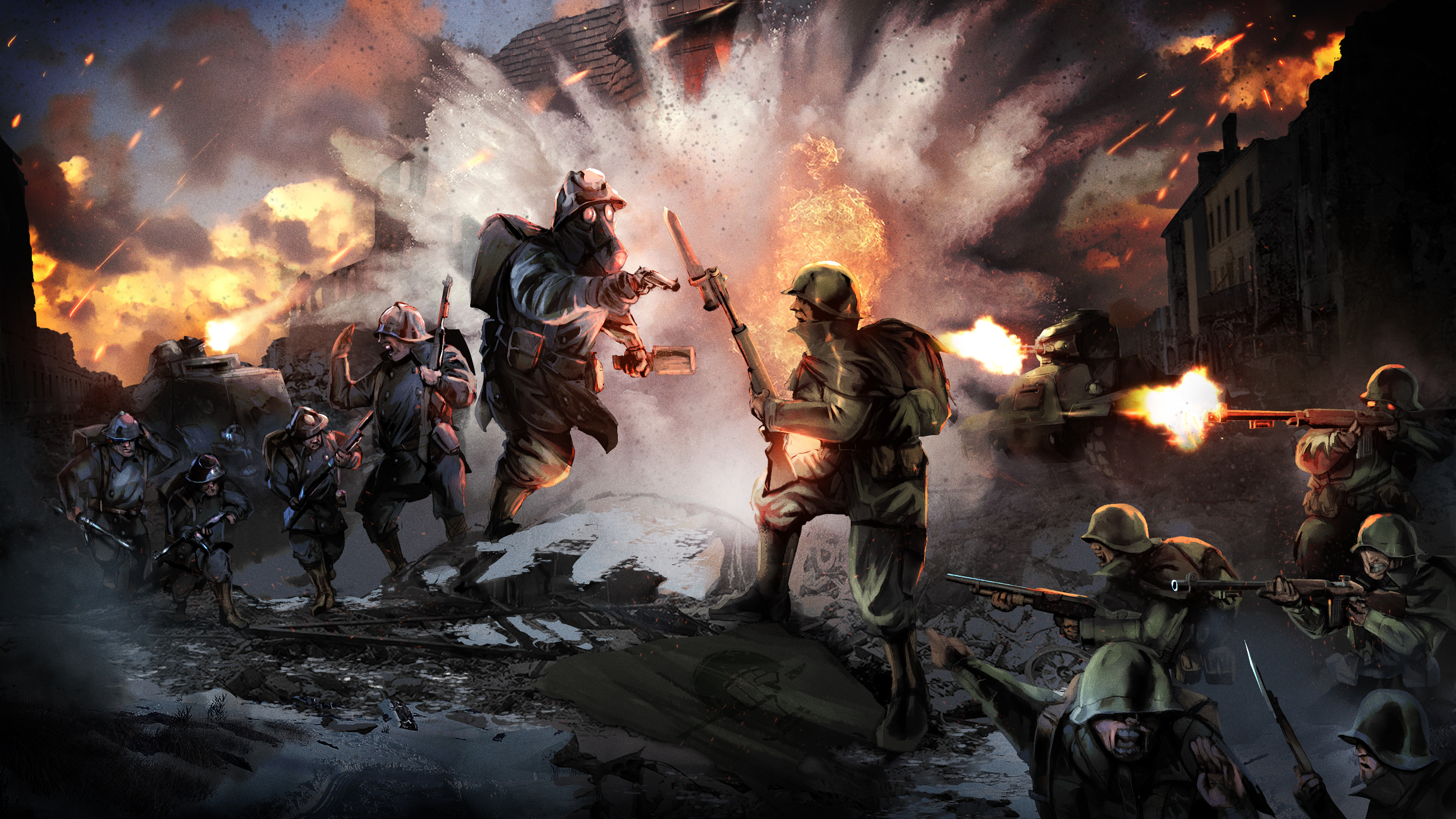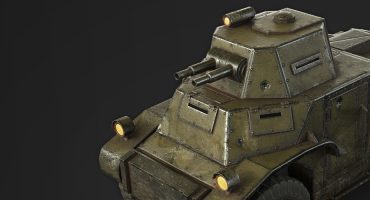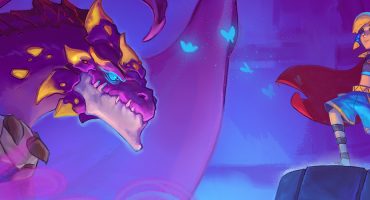About Us
Hi my name is Adam and I’m the Art Lead at Clapfoot games located in Toronto, Ontario Canada (right in the downtown core). We’re the developers behind the game “Foxhole”. We have been working in the games industry for over 7 years. We’ve worked on mobile games, console games and now we have found our home in the PC market. We started Foxhole over 2 years ago with a team of seven people, and hopefully we will be growing to about fourteen very soon. Our art team consists of people trained in traditional animation who made their way to working in games. We personally pride ourselves on a strong basis of knowledge of the fundamentals of art which allow us confidently to tackle any new art challenges thrown at us, whether 2D or 3D
Foxhole
Foxhole is a massively multiplayer game where you will work with hundreds of players to shape the outcome of a persistent online war. Every action you take can have a powerful and permanent effect across a vast world in a constant state of war. Players are the content of Foxhole. The appeal of Foxhole visually is its top down perspective; we really wanted to capture the tactical feel of a battleground in the way that tabletop miniatures capture that feel. We wanted to make a generic soldier and world feel like a blank slate in which you can add your own meaning, and fill in your own stories.
Courtesy of Helping Hans
When we first started Foxhole we had a monumental task of working on an large scale MMO with only one modeler, one level designer, and one animator. We started this project knowing a bit about physically based rendering and Unreal Engine 4 (UE4), but we lacked a lot of knowledge about utilizing the material system properly. We spent a good part of a year working on a prototype for the game where we learned how to integrate a basic character system and attempted to figure out the building blocks of the game. We previously worked on a third person view, level-based Tower defense game, and not all of the things we figured out in that project translated directly into making a top down MMO shooter.
While working on this game we had to discover what works best for Foxhole: the shape language, the level of detail, the amount of noise, and the on screen size of objects. Our team’s strongest asset is in understanding that our limitations aren’t fighting against us, rather that they are the framework to discover creative solutions to problems. We are quite disciplined in this way. Foxhole was designed from the ground up with a clear vision of what it should be, There is almost a perfect version in our heads of how the game ought to be. Our task as the art team is to serve that vision. It’s quite liberating to create art that only has to serve Foxhole, rather than look good in every scenario and environment. We don’t need to add more information that what is essential.
Around the same time of our prototype, Substance painter/designer was gaining popularity and notoriety. We ended up grabbing a license and discovered that we could use Substance painter to not only make our bakes without having to explode a mesh and bake things separately, but also that we could create a library of materials that work well in a PBR environment and stay consistent on all models.
Prior to substance painter we spent much time trying to do everything in Photoshop, and we found that the variations in the roughness and metalness made materials not feel like they belonged in the same family. Foxhole prioritizes objects reading clearly as opposed to being noisy and muddy. We adopted the painter workflow and it helped greatly with unifying the game. Metals ought to read as metals, wood should read as wood etc. We essentially learned that having unique variants per material wasn’t as important as capturing that initial read. Does it look like the material it should look like? If yes, then we did our job. We learned to abstract materiality into clearly discernible representations of their real world counterparts.
We build everything in a simple way as well. We start with the base materials and then layer on additional materials as you would in reality. We add layers of paint, weathering, edge wear, rust etc. It’s quite simple to wrap your mind around this process once you imagine yourself working with real materials. We have discrete layers in which we mask individually. Paint will always be on top of the base metal, weathering on top of all that. We tend to use substance painter much like Photoshop, rather than creating complicated materials that are unruly and complicated.
How We Use Sketchfab
Sketchfab was something that coincided with the vision of Foxhole. We wanted to work on a project that fostered a community, both within the game and outside of it. We always had a dream in which people could imagine themselves in a living breathing world, in which their free time was spent thinking of cool new additions to that world. We started posting on Sketchfab when we made the switch to Substance painter and noticed a direct exporter. The ease of use, combined with a huge need in our community to see upcoming models just made it a no brainer.
Sketchfab has been essential in creating hype for our upcoming features. It also allowed for our community to dissect the Lore of the game, and use the models as reference for their own personal fan-art.
- Warden Field Artillery by Smitty
- Charge by Tony Cezar
Our use of Sketchfab is very similar to the way we use any software. Use the basics to highlight the work you are doing. We only apply a sharpen filter and three point lighting, because for us we want to make sure that there is not a disconnect from what you see in game and what’s public facing.
Thank you so much for this opportunity to share our journey! We are very excited to continue working on Foxhole, and to grow with Sketchfab. If you are interested in learning more you can contact us directly at these following links.








